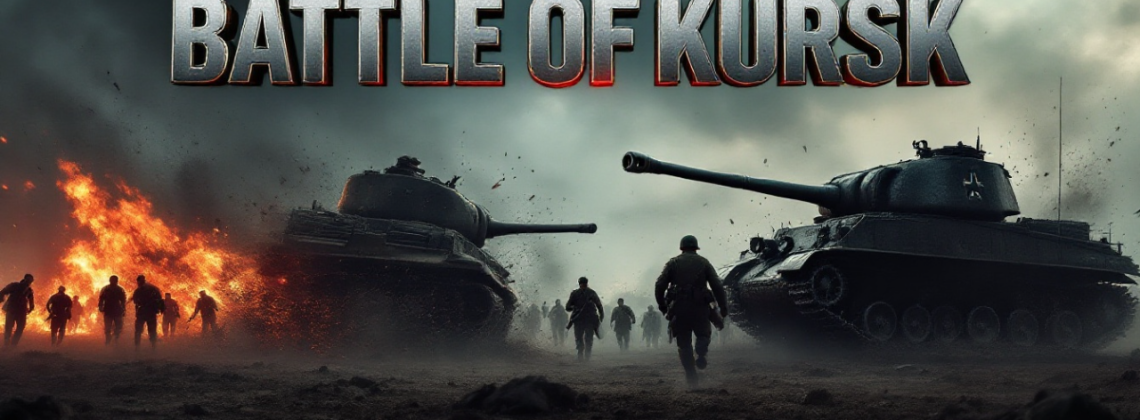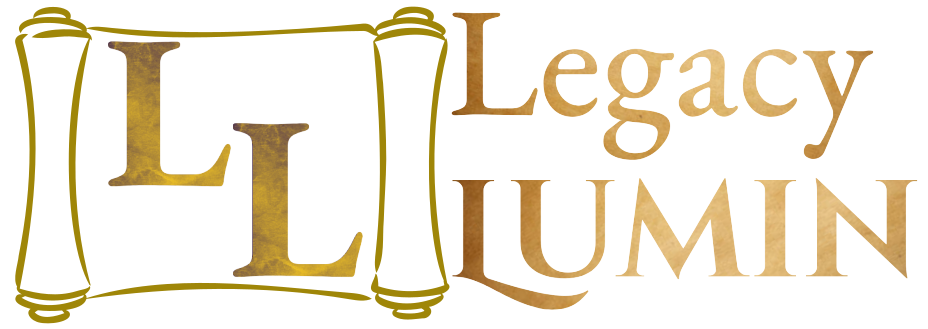
The summer of 1943 witnessed one of the most pivotal battles in World War II—the Battle of Kursk. This epic confrontation, fought between Nazi Germany and the Soviet Union, wasn’t just the largest tank battle in history but also a decisive turning point on the Eastern Front. As the dust settled over the battlefield, the myth of German invincibility lay shattered, and the tide of the war shifted irreversibly in favor of the Soviets. Let’s delve into the gripping story of this monumental clash.
The Eastern Front: A Stage of Unimaginable Brutality
By 1943, the Eastern Front had become the epicenter of the war, stretching from the Baltic Sea to the Black Sea. Following their catastrophic defeat at Stalingrad, the German Wehrmacht sought to regain the initiative by launching Operation Citadel, a high-stakes offensive aimed at encircling Soviet forces in the Kursk Salient. The stakes were high; this was a battle for survival, fought with unparalleled ferocity.
The Soviet Union, bloodied but unbroken, faced the Germans head-on. Kursk, a small yet strategically vital city south of Moscow, was transformed into the focal point of this titanic struggle. Here, the fate of the Eastern Front—and arguably the war itself—hung in the balance.
Operation Citadel: Germany’s Desperate Gamble
Operation Citadel, devised by Hitler himself, aimed to crush the Soviet defenses through a pincer attack. Field Marshal Erich von Manstein’s Army Group South would strike from the south while Field Marshal Günther von Kluge’s Army Group Centre attacked from the north. The Germans amassed an impressive arsenal for this operation, including over 2,700 tanks and assault guns such as the formidable Tiger I and Panther tanks, and over 2,000 Luftwaffe aircraft ready to dominate the skies.
What the Germans didn’t anticipate, however, was the meticulous preparation of the Red Army. Guided by intelligence reports, aerial reconnaissance, and captured German soldiers, the Soviets, under generals Georgy Zhukov and Konstantin Rokossovsky, fortified the Kursk Salient with three layers of defensive belts. Thousands of trenches, minefields, and anti-tank obstacles turned Kursk into one of the most well-defended regions in military history.
The Clash of Titans: The Prokhorovka Showdown
The Battle of Prokhorovka on July 12, 1943, became the largest tank battle in history, epitomizing the ferocity of Kursk. The Germans aimed to break through the Soviet defenses near Prokhorovka and link up their forces, but what unfolded was a chaotic melee of steel, fire, and devastation. Thousands of tanks clashed in close-quarters combat, with Soviet T-34 tanks using their speed and maneuverability to engage the more heavily armored German Tigers and Panthers.
The battlefield reverberated with the deafening roar of cannon fire, and the air was thick with smoke, cordite, and burning metal. Despite being outgunned, the Soviets held the line, enduring immense losses but denying the Germans their objective. This was a defining moment not only for the battle but for the entire war.
The Turning Tide: Soviet Counteroffensives
While the chaos of Prokhorovka unfolded, the broader strategic situation shifted dramatically. On July 12, the same day as the tank battle, the Red Army launched two massive counteroffensives—Operation Kutuzov in the north and Operation Polkovets Rumyantsev in the south. These offensives caught the already exhausted Wehrmacht off guard, forcing them onto the defensive.
The failure of Operation Citadel marked the beginning of the end for Germany on the Eastern Front. The Wehrmacht suffered staggering losses, including irreparable damage to its elite Tiger and Panther tanks and a battered Luftwaffe. Meanwhile, the Soviet forces, bolstered by victory and fresh reserves, began relentless offensives, pushing the Germans out of Ukraine and Belarus. The road to Berlin was now open.
The Legacy of Kursk
The Battle of Kursk was more than just a Soviet victory—it was a psychological turning point. For the Soviets, it became a symbol of resilience and the determination to liberate their homeland. For the Germans, it was a bitter defeat that marked the end of their offensive operations in the East. The myth of German invincibility, already shaken at Stalingrad, was finally annihilated.
Today, the battlefields of Kursk serve as a sobering reminder of the horrors of war and the sacrifices made by those who fought. The courage and resilience displayed during the battle resonate even now, a testament to the human spirit’s unyielding resolve in the face of adversity.
Conclusion: Remembering a Pivotal Moment in History
The Battle of Kursk was not just a turning point in World War II but a defining moment in history. It highlighted the power of preparation, resilience, and determination in overcoming seemingly insurmountable odds. As we remember this monumental clash, we honor the sacrifices of those who fought and reflect on the lessons history has to offer.
If you’re intrigued by stories of pivotal moments in history, explore more with us by subscribing for future updates. 📚
